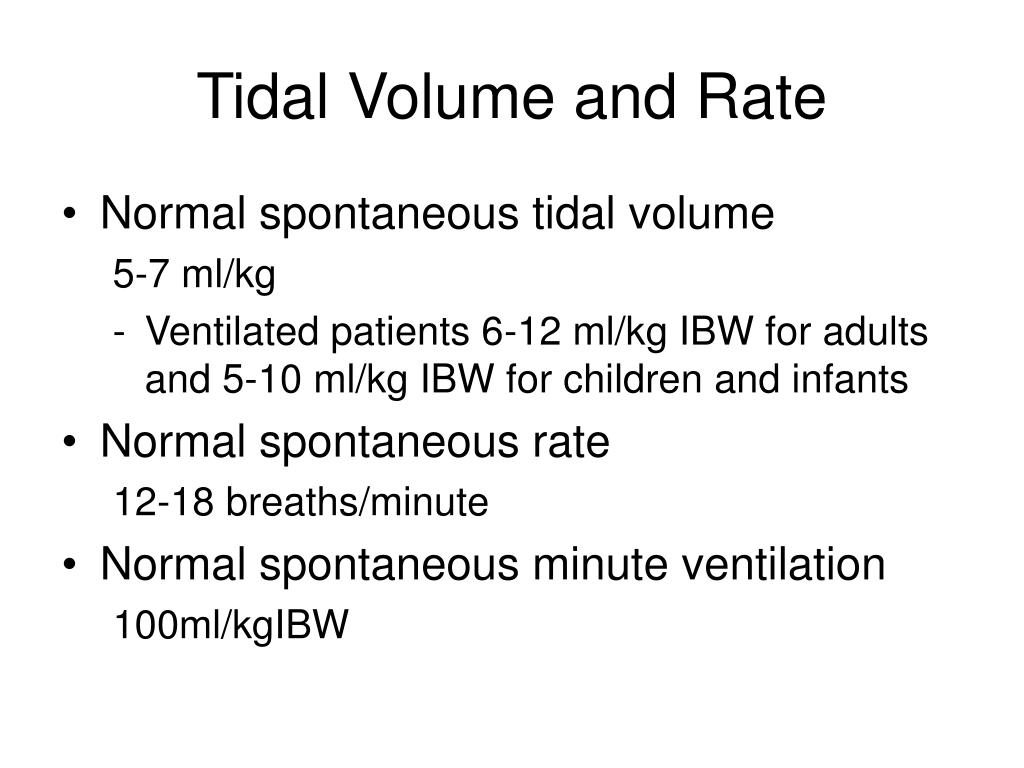
Over the next 100 years, research in this field focused on developing negative pressure ventilation. This paper was particularly influential in changing direction in how we could provide artificial respiration. This damage caused clinicians to abandon positive pressure ventilation for years. Other researchers were developing positive as well as negative pressure ventilation systems.īy 1850, the French Academy of Sciences published that what we now call barotrauma, such as tension pneumothoraces, rupture of alveoli, and emphysematous changes in the lungs, was reported in patients receiving mechanical bellows system ventilation. It was a popular method in the early 1800s. Not cardiopulmonary resuscitation or CPR, with fast chest compressions over the heart, but instead a chest compression technique designed to help push the air out and pull the air back in. By 1837, chest compressions were preferred for moving air in out of the lungs. Several physiologists conducted research over the next 50 years to develop mechanical ventilation. Hunter circulated air in and out of the lungs. His work was performed on dogs rather than humans, and used a set of tubes inserted into the canine trachea (one tube took air in and another tube carried air out). His system pushed air in and out of the lung. John Hunter, an enterprising researcher, developed a double bellows system. Mechanical ventilation as we know it today actually goes back to 1776, when Dr. Let’s take a step back and review the history of mechanical ventilation. LTVV can help ameliorate these complications and improve outcomes. Mechanical ventilation can activate a variety of inflammatory mediators in the lungs, thus accelerating injury and increasing incidence of ARDS. Complications include volutrauma (in which overdistention of some alveoli areas and underdistention of other areas occurs), and barotrauma, which causes complications from high pressure that can lead to catastrophic tension pneumothoraces, and also localized injury to the alveoli. Low tidal volume ventilation, or LTVV, protects lungs from a variety of insults and injuries associated with mechanical ventilation. In addition, the emerging evidence indicates that LTVV is a best practice for all ventilated patients to reduce ventilator-associated harm. However, low tidal volume strategies are probably beneficial in all mechanically ventilated patients, beyond only ARDS patients.Ī low tidal volume strategy has become the standard of care for patients with ARDS as well as the best practice in order to improve outcomes in those patients. More recent studies confirm that LTVV benefits ARDS patients. The 2000 ARDSNet study found a significant benefit for patients with ARDS when using lower tidal volumes (6 cc/kg versus a more traditional tidal volume of 12 cc/kg. Why should we be taking this approach in trying to apply it to our patients? So why should we be using a LTVV strategy?

Predicted body weight and PEEP are the two main components of low tidal volume ventilation. We’ll explain some of the data advocating for positive end-expiratory pressure settings, or PEEP, at or above 5 centimeters of water. The other big component of low tidal volume strategy is the avoidance of the use of ZEEP. It’s not based on their actual body weight, nor even an ideal body weight. Predicted body weight is the key measurement, and is based purely on the patient’s height and their gender. LTVV is an approach that targets tidal volume between 6 and 8 milliliters per kilogram of predicted body weight for patients without acute respiratory distress syndrome or ARDS, and 4 to 6 milliliters per kilogram of predicted body weight for those with ARDS. It targets much lower tidal volumes than those that have been traditionally used while also focusing on the avoidance of zero positive end-expiratory pressure (ZEEP). LTVV is a lung protective strategy that seeks to prevent ventilator-associated lung injury.

What is low tidal volume ventilation strategy? Your unit may already be implementing a low tidal volume ventilation strategy to protect your patients’ lungs, or you may need more information to drive the process forward and engage your staff. You may be somewhat familiar with the concept of low tidal volume strategy. Slide 3: What is Low Tidal Volume Ventilation? You will also be able to describe the role of LTVV in the prevention of ventilator-associated events, outline the historical background and scientific evidence supporting the use of LTVV, and recommend evidence-based standards for implementing a LTVV strategy. Slide 2: Learning ObjectivesĪfter this session, you will be able to define low tidal volume ventilation, referred to as LTVV. This module introduces and provides evidence for the lung protective low tidal volume strategy, and offers recommendations for implementation. Slide 1: Low Tidal Volume Ventilation: Introduction, Evidence, and Implementation


 0 kommentar(er)
0 kommentar(er)
